ECC APPLICATIONS
1. Bridge Decks and Joints
The Challenge:
Bridge decks and expansion joints endure extreme service conditions, from continuous heavy-axle traffic and thermal expansion to freeze–thaw cycles, de-icing salts, and vibration from vehicles. Conventional concrete develops visible cracks within a few years, accelerating steel reinforcement corrosion and creating hazardous driving surfaces. Repair work disrupts traffic and becomes increasingly expensive over the bridge’s lifespan.
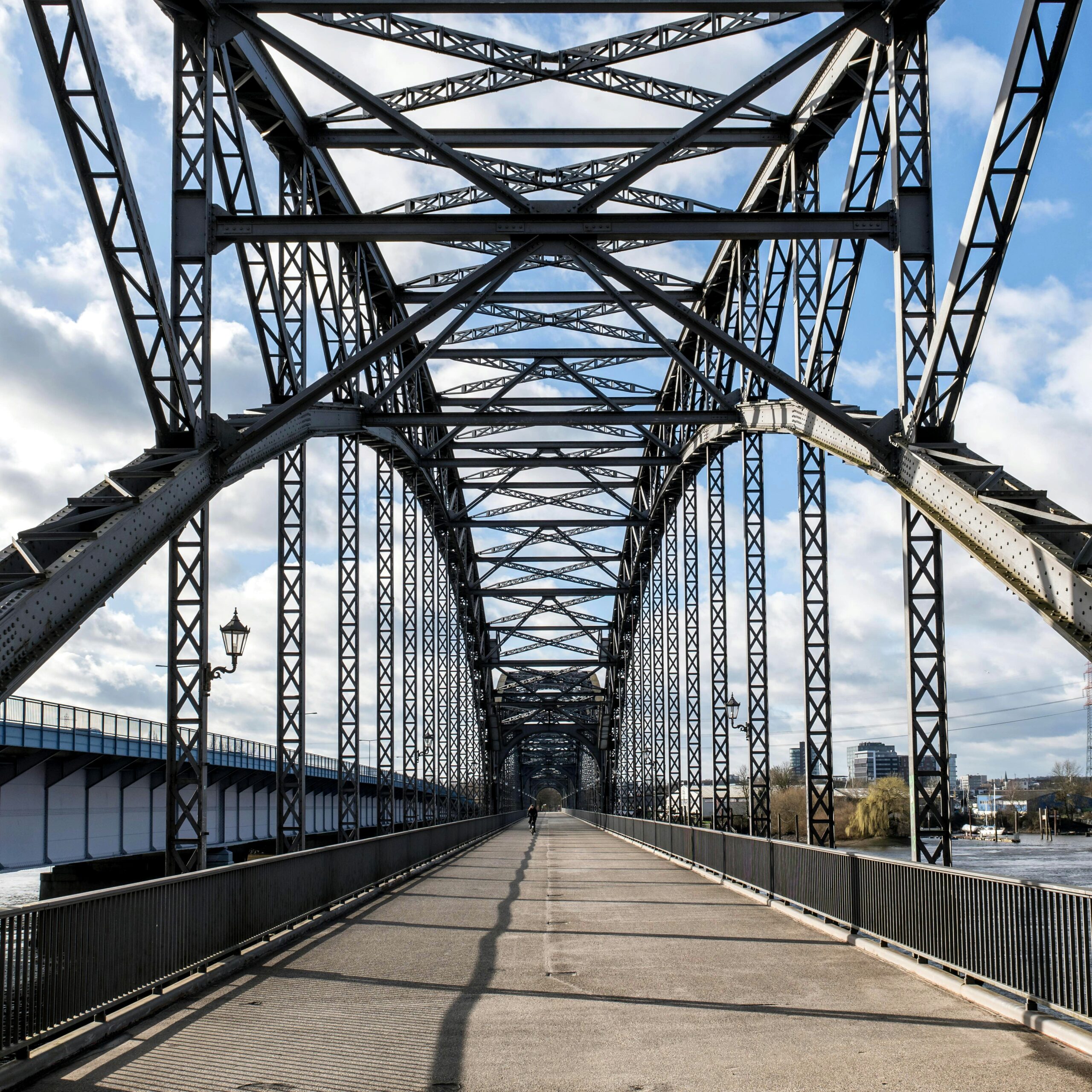
The Bendable Concrete Advantage
Superior Flexural Ductility
Withstands repetitive wheel loads and thermal movement without sudden brittle failure.
Microcrack Control
Limits crack widths to under 60 microns, preventing significant chloride and moisture ingress.
Extended Service Life
Delays the onset of structural deterioration by decades, reducing direct repair costs.
Joint Integrity
Absorbs expansion and contraction at bridge joints, minimizing joint edge.
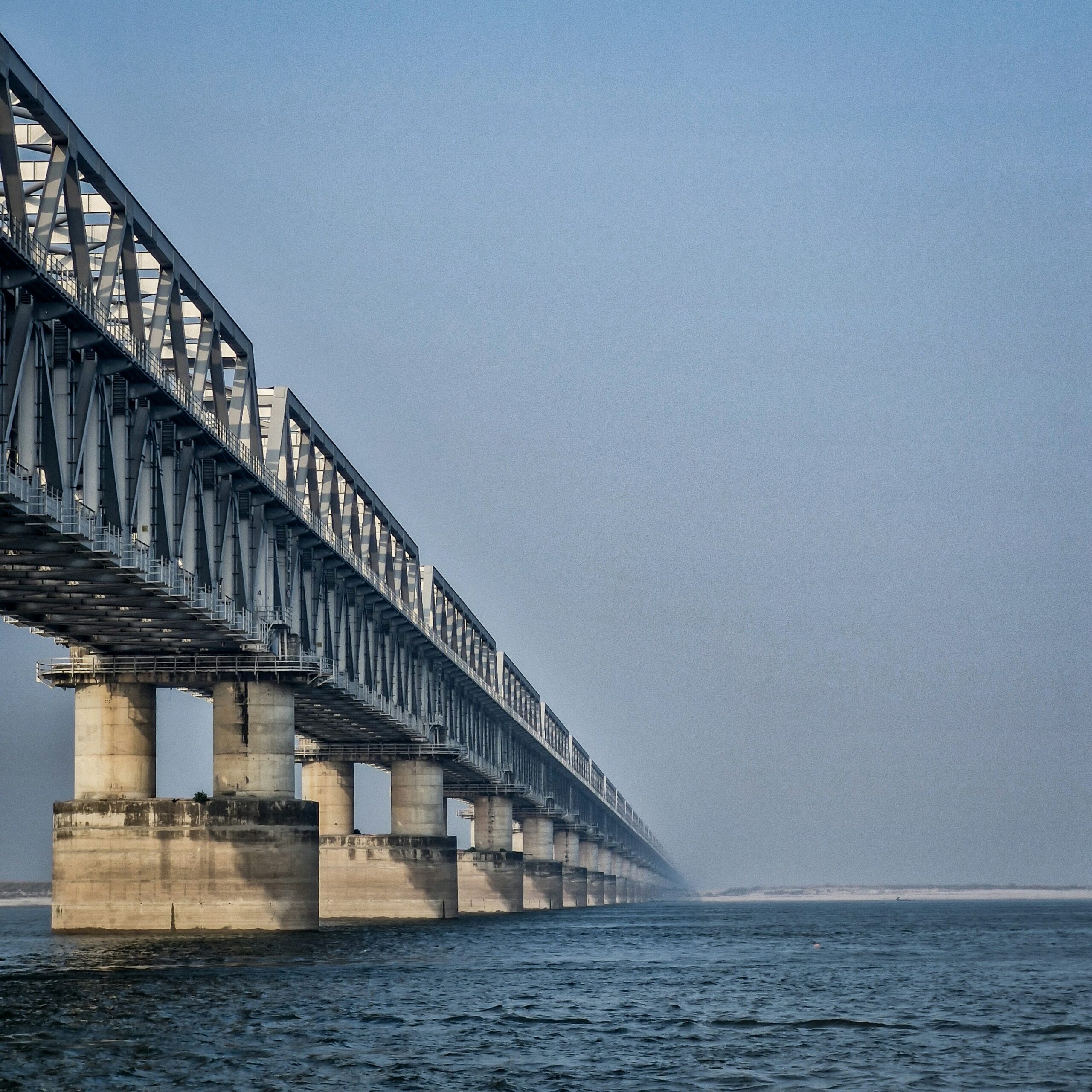
Applications in Practise
• New deck construction for long-span and high-traffic bridges
• Structural overlays to rehabilitate aging decks without full replacement
• Expansion joint and approach slab reinforcement in both steel and concrete bridges
Applications
New deck construction
Structural overlays
Expansion joint & approach slab repair
Technical Details
Tensile strain capacity ~0.5% flexural ductility to handle thermal stresses; optimized reinforcement layout
Thin bonded overlays (20–50 mm thick) with bond strength >2 MPa to existing concrete
Accommodates expansion/contraction (~0.8 mm/m thermal movement); minimizes joint edge spalling and cracking
2. Railway Infrastructure
The Challenge:
Railway components like sleepers, ballastless track slabs, and station platforms face intense cyclic loading, impact from wheel-rail contact, and vibrations from high-speed or heavy-haul operations. Micro-movements over time can lead to cracking, loss of alignment, and safety risks.
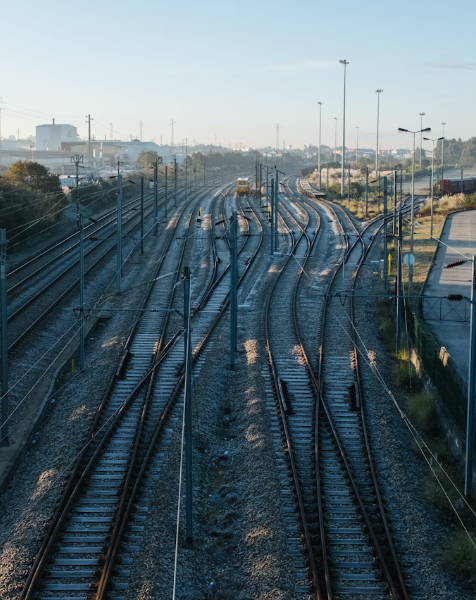
The Bendable Concrete Advantage
Impact Energy Dissipation
Absorbs dynamic forces from passing trains, reducing the risk of sudden fracture.
Dimensional Stability
Improves passenger comfort and minimizes fatigue damage in structural components.
Vibration Mitigation
Improves passenger comfort and minimizes fatigue damage in structural components.
All-Weather Reliability
Maintains performance in extreme climates, from desert heat to snowbound mountain passes.
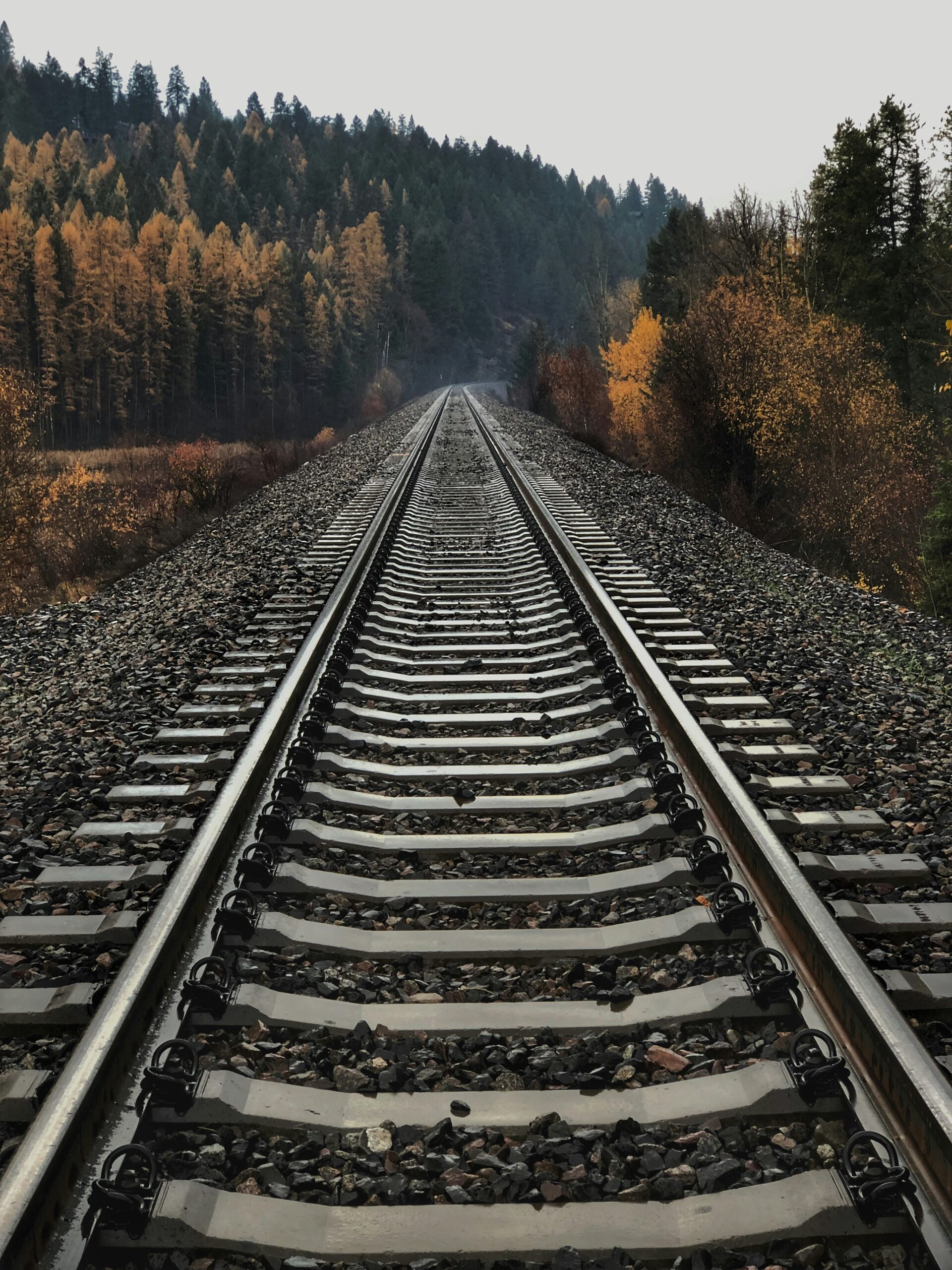
Applications in Practise
• New deck construction for long-span and high-traffic bridges
• Structural overlays to rehabilitate aging decks without full replacement
• Expansion joint and approach slab reinforcement in both steel and concrete bridges
Applications
Slab track systems
Heavy-haul sleepers
Passenger platform decks
Freight terminal pavements
Technical Details
Flexural tensile strain >0.4% to absorb dynamic wheel loads (~25 tons/axle); maintains track alignment
Fracture energy >0.7 MPa; durable under millions of load cycles
Smooth, crack-controlled surfaces reduce safety hazards and fatigue damage
Compressive strength >60 MPa; high abrasion resistance for crane loading
3. Airport Pavement Overlays
The Challenge:
Airport runways, taxiways, and aprons endure concentrated landing gear loads, constant braking and acceleration forces, fuel and de-icing chemical exposure, and thermal extremes. Traditional overlays tend to crack under these stresses, creating Foreign Object Debris (FOD) hazards and forcing runway closures.
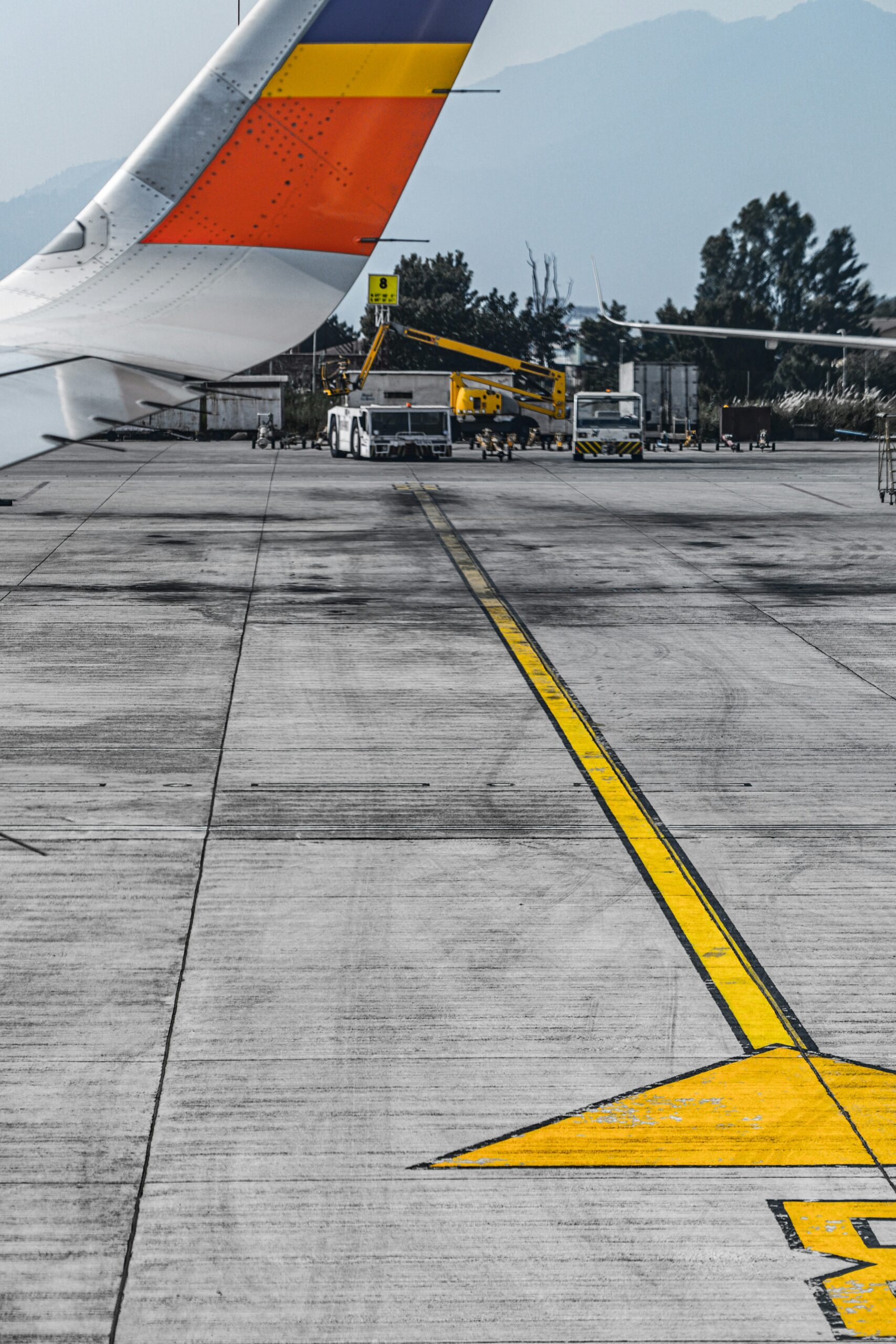
The Bendable Concrete Advantage
High Load Tolerance
Resists spalling and rutting even under repeated wide-body aircraft landings.
Rapid Rehabilitation
Can be placed as a thin bonded overlay to restore surface integrity with minimal closure time.
Chemical Resistance
Maintains structural performance despite prolonged exposure to aviation fuels, lubricants, and de-icing agents.
Safety Compliance:
Ensures smooth, even surfaces for optimal braking performance and aircraft steering control.

Applications in Practise
• Runway resurfacing at major passenger airports
• Taxiway reinforcement for heavy cargo operations
• Apron strengthening for gate areas handling large aircraft
• Emergency repair works to restore operational capacity quickly
Applications
Runway resurfacing
Taxiway reinforcement
Apron strengthening
Emergency repair
Technical Details
Thin overlays (30–50 mm thick) achieving >30 MPa compressive strength within 24-48 hrs; resistant to rutting
Fatigue resistance exceeding 10 million load cycles under heavy contact stresses (>1.5 MPa)
Chemical resistance to jet fuel and hydraulic fluids prevents surface degradation
Fast-setting formula enabling reopening within 24 hours to minimize downtime
4. Tunneling
The Challenge:
Tunnel linings must withstand constant earth pressure, fluctuating groundwater levels, and in some regions, seismic ground motion. Even hairline cracks in conventional concrete linings can allow water infiltration, leading to corrosion of reinforcement, surface staining, and compromised structural safety.
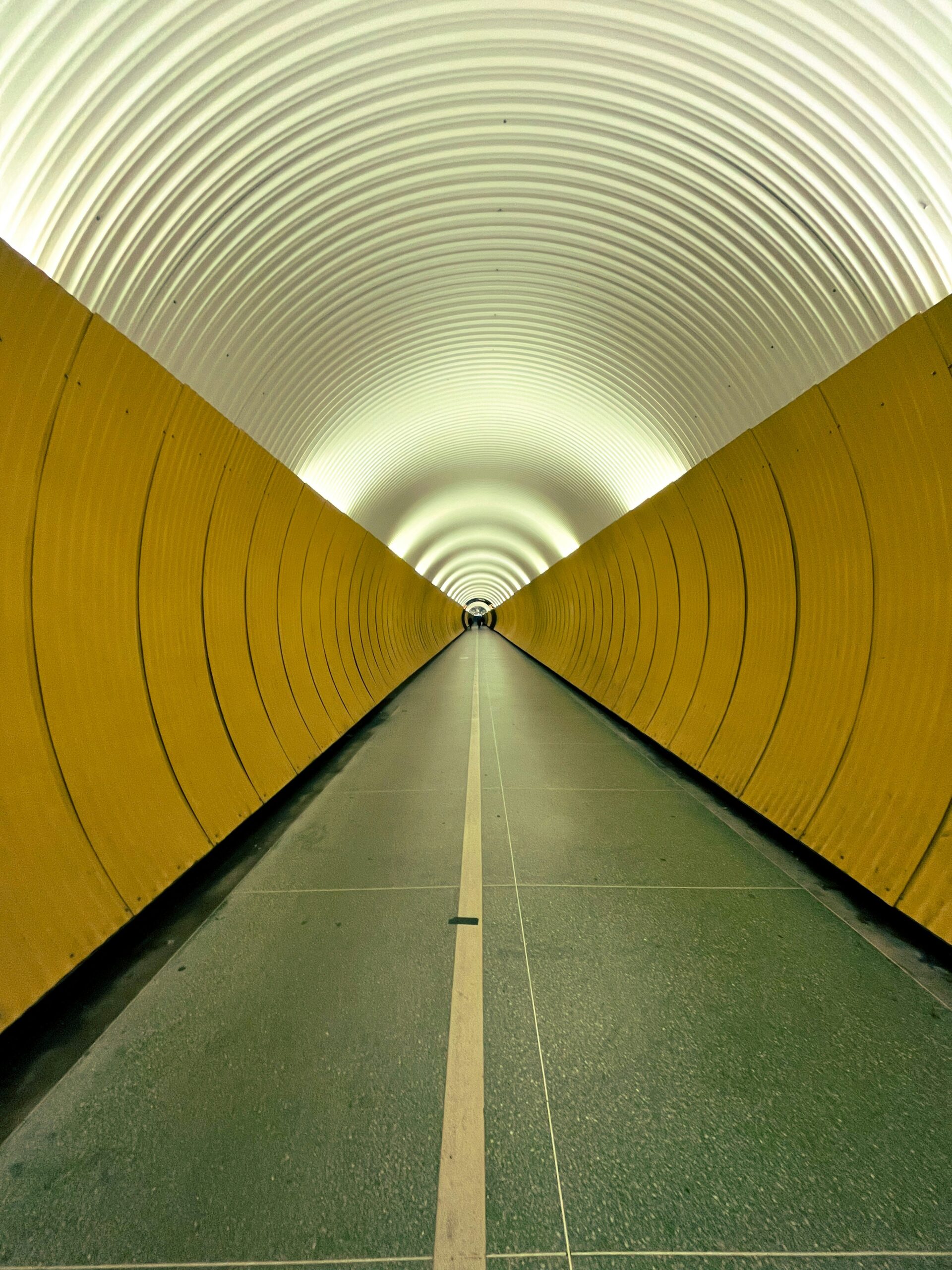
The Bendable Concrete Advantage
Seismic-Responsive Flexibility
Maintains integrity during tunnel deformation from seismic events.
Enhanced Water Tightness
Microcracks significantly limit leakage paths, protecting internal services and finishes.
Stress Redistribution
Evenly disperses concentrated stress points, reducing localized damage.
Extended Service Intervals
Delays major rehabilitation cycles, lowering life-cycle costs.
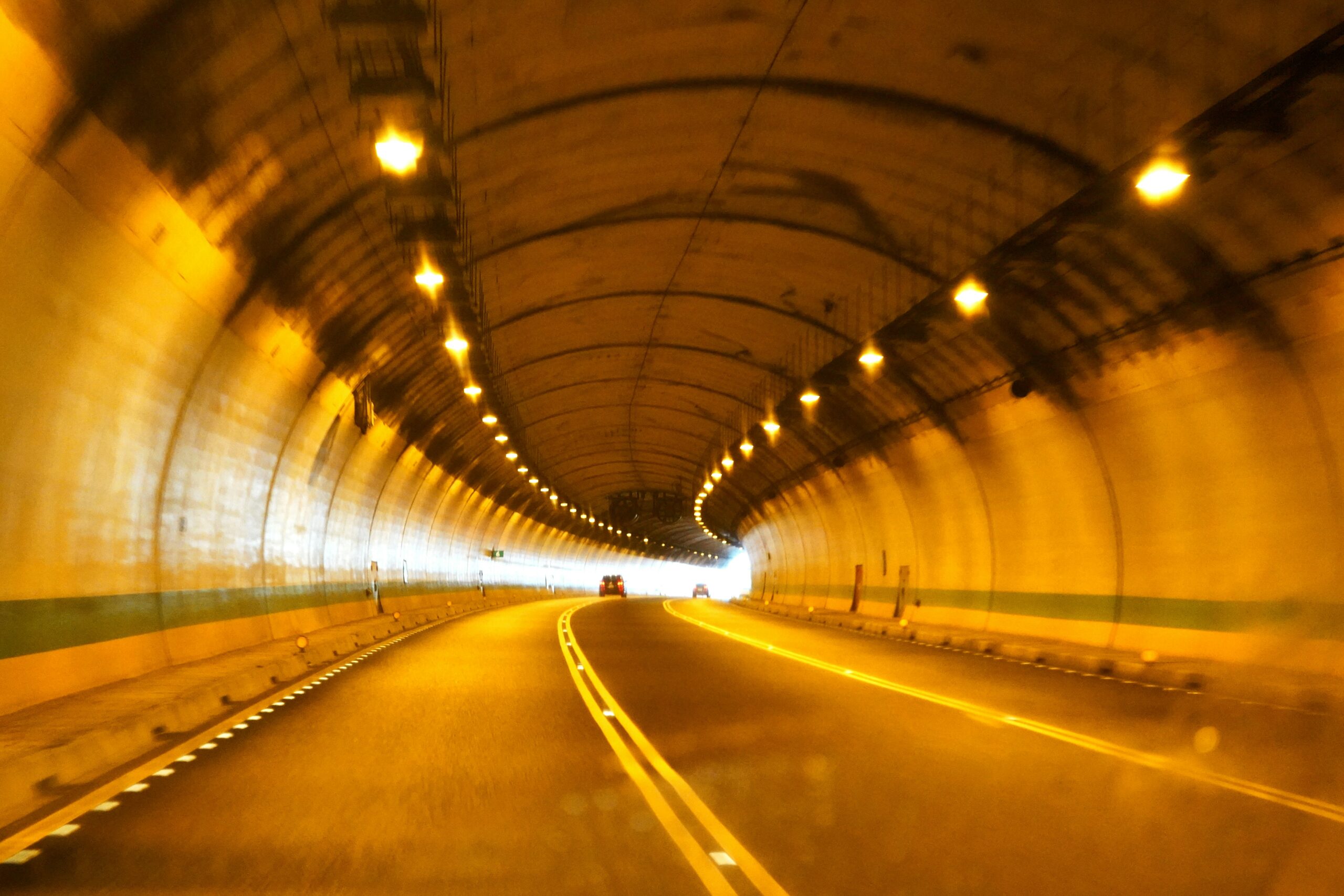
Applications in Practise
• Metro tunnels in earthquake-prone urban centers
• Highway tunnels under mountainous terrain with high groundwater pressure
• Utility and cable tunnels in coastal regions prone to corrosion
•Underground pedestrian or service corridors requiring long-term waterproofing
Applications
Metro tunnels
Highway tunnels
Utility/cable tunnels
Pedestrian/service corridors
Technical Details
Tensile strain capacity ~0.5%; crack widths kept below 50 microns under hydrostatic pressure >0.7 MPa
Permeability <10^-12 m/s for long-term waterproofing
Chloride resistance to limit corrosion risks
Microcrack control reduces need for external waterproofing membranes
5. Repair and Retrofitting
The Challenge:
Aging infrastructure often suffers from extensive deterioration, from deep cracks and spalling to corrosion of embedded steel. Repair materials must match or exceed the performance of the original structure, yet traditional patch materials can crack again quickly if subjected to movement or load.

The Bendable Concrete Advantage
Crack-Resistant Bonded Repairs
Maintains integrity even when the repaired section is under flexural stress.
Structural Strengthening
Increases load-carrying capacity when applied as a bonded overlay or jacket.
Thin-Section Efficiency
Delivers high strength and ductility even in low-thickness repairs, reducing material use.
Seismic Upgrades
Improves ductility and energy dissipation in vulnerable elements, enhancing safety.
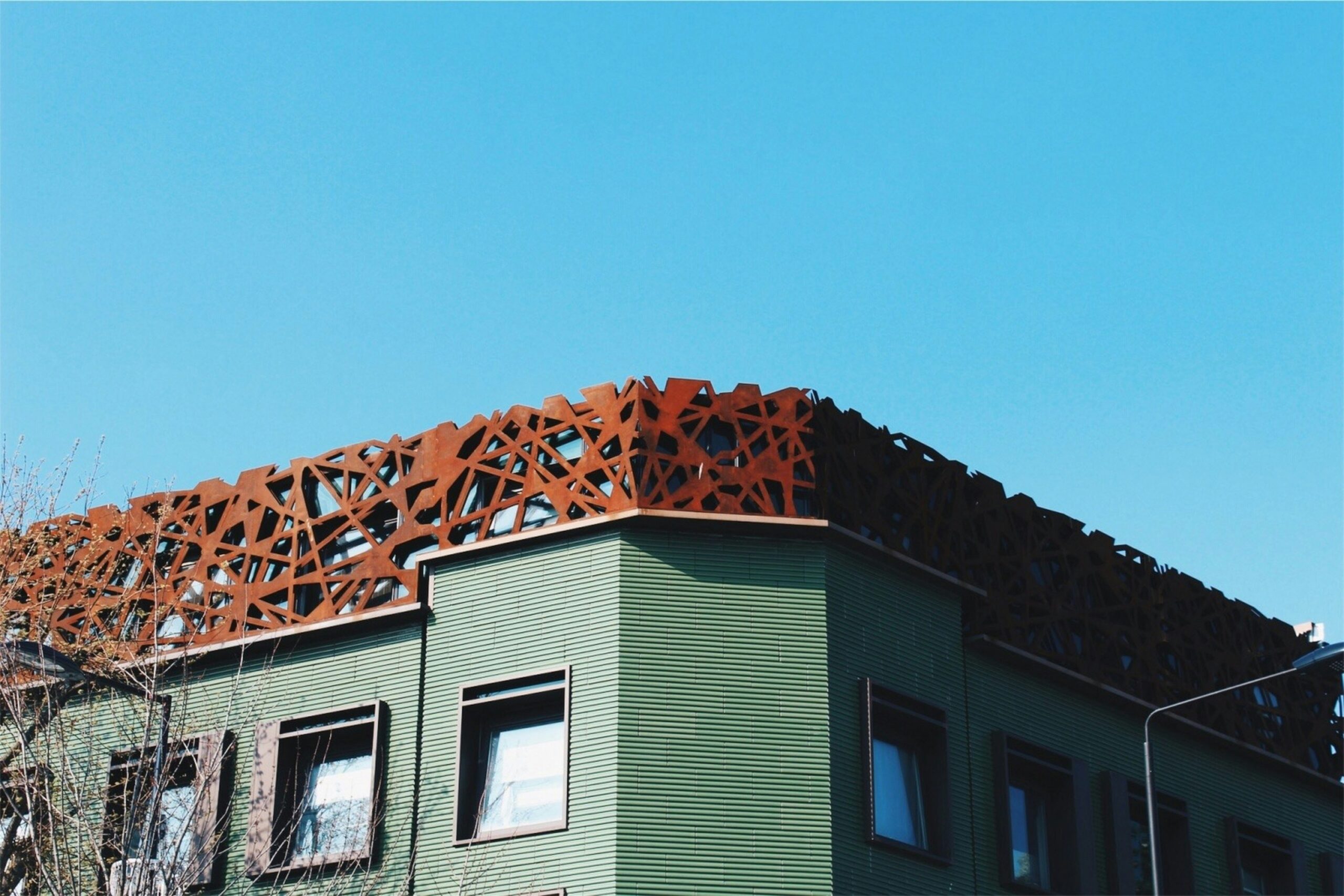
Applications in Practise
• Bridge deck overlays for heavily trafficked routes
• Column jacketing and beam strengthening in seismic retrofits
• Industrial floor repairs subjected to forklift and crane loading
• Marine structure rehabilitation exposed to saltwater and wave action
Applications
Bridge deck overlays
Column jacketing & beam strengthening
Industrial floor repairs
Marine structure rehab
Technical Details
Thin bonded overlays (~25 mm) with bond strength >2.5 MPa; reduces crack re-initiation
Ductility and moment capacity increased by 15-30%; enhances seismic resilience
Abrasion resistance >70 MPa; withstands heavy forklift and crane loads
Chloride penetration limited to <5 mm over 5 years; mitigates corrosion and spalling
6. High-Rise Buildings
The Challenge:
Tall buildings must resist powerful lateral forces from wind and seismic events while maintaining serviceability for occupants. Traditional concrete components in coupling beams, core walls, and podium decks can crack under cyclic loading, compromising waterproofing, aesthetics, and safety
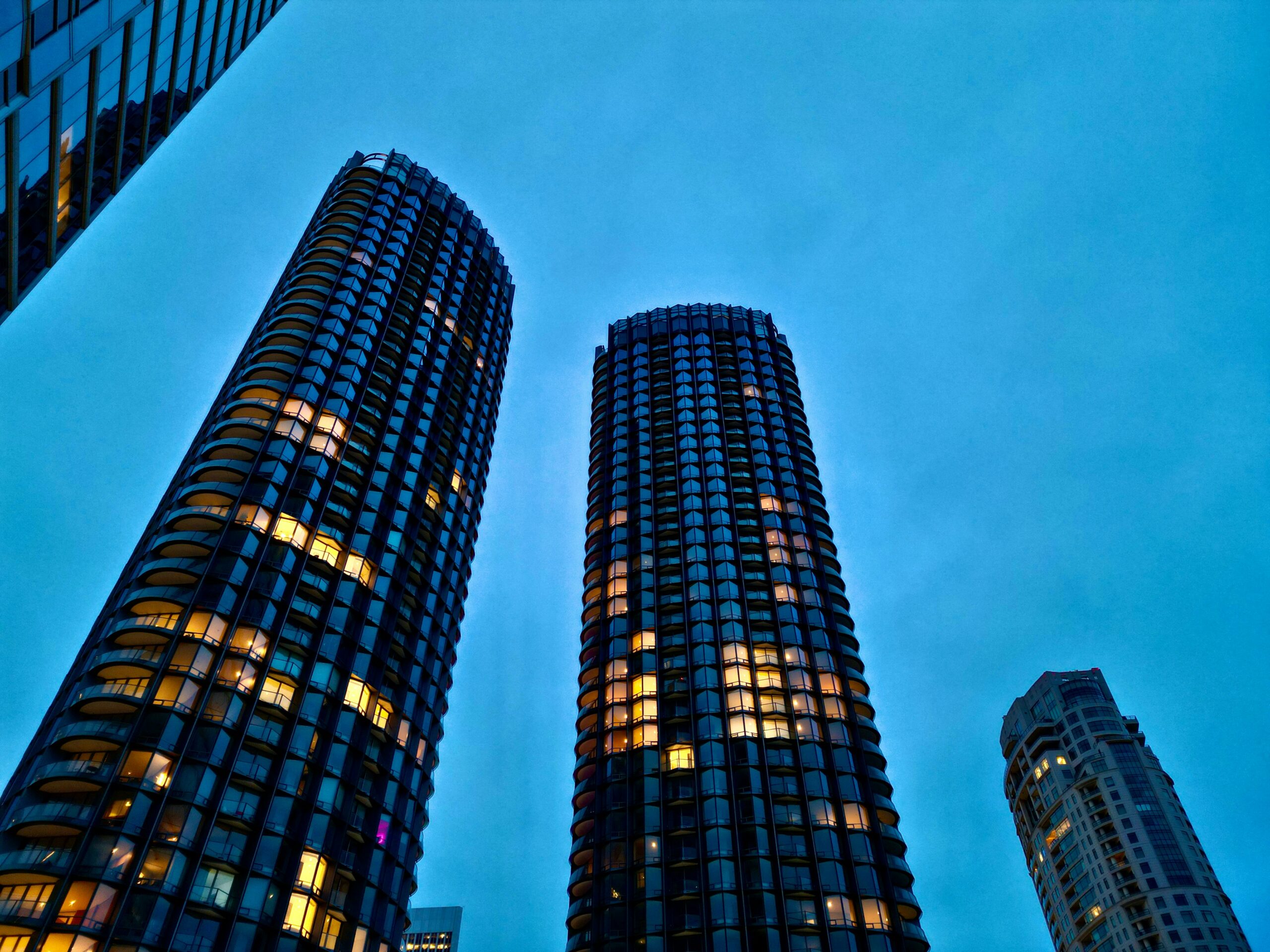
The Bendable Concrete Advantage
Seismic Energy Absorption
Significantly reduces structural and non-structural damage in earthquakes.
Serviceability Preservation
Prevents large cracks that allow water ingress or cause façade and partition misalignments.
Design Freedom
Enables slimmer, lighter structural members, freeing up floor area without compromising strength.
Extended Asset Value
Minimizes long-term repair costs, critical in high-value urban developments.

Applications in Practise
• Coupling beams between shear walls in seismic zones
• Podium decks over parking or commercial levels
• Transfer girders in mixed-use towers
• Structural retrofits of aging high-rise buildings to meet new code requirements
Applications
Coupling beams
Podium decks
Transfer girders
Technical Details
Tensile strain capacity >0.5%; crack widths controlled below 0.3 mm to reduce brittle failure
Thin sections (~150 mm) reduce structural weight and deflections
Fatigue resistance over >1,000 seismic/wind load cycles
